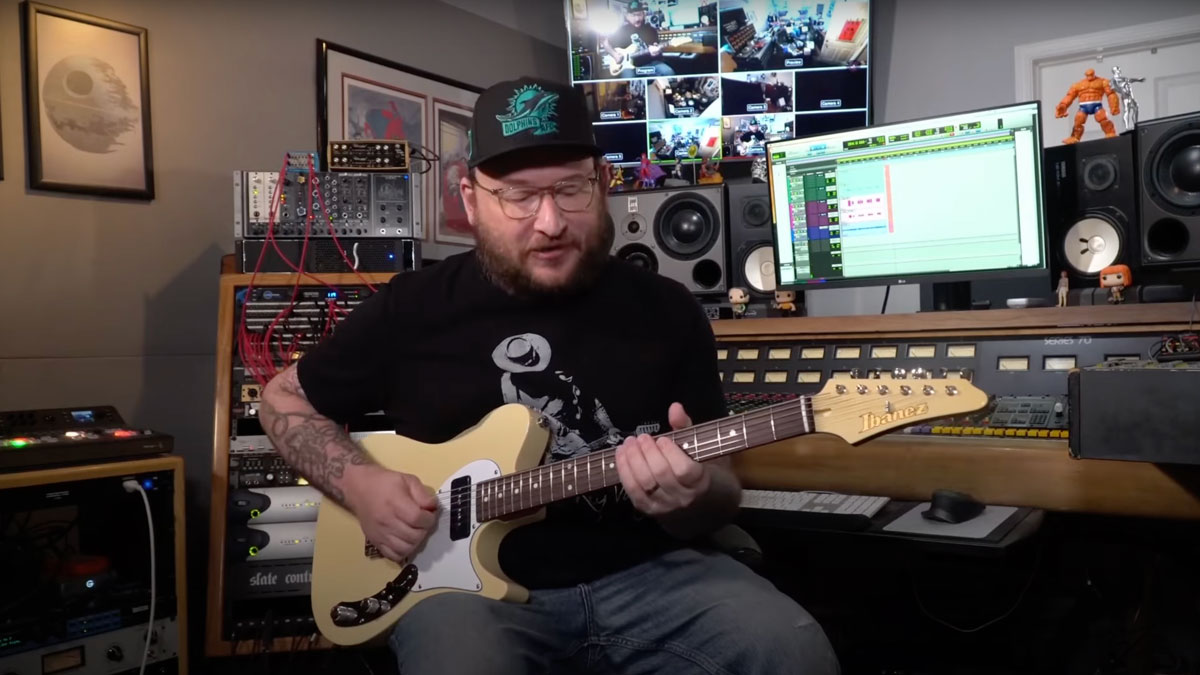How to use chromatic passing tones as connective tissue in guitar solos
Please join us in the chroma-zone, where you will find new ideas for where to take your solos in a country or jazz setting

We recently began a new series of lessons covering three specific approaches I like to take when soloing, whether within a 12-bar blues, a one-chord funk vamp, a swinging country tune or a jazz standard.
We started off exploring the use of chromaticism, which refers to playing notes or chords that are a half step apart. For example, playing the notes C, C#, D, D# and E in order would constitute an ascending chromatic line. Playing E, Eb, D, Db and C would constitute a descending chromatic line.
We kicked things off by exploring some ways to add chromatic movement to a rhythm guitar part across a 12-bar blues progression, in order to place one in the mindset of “hearing” the chromatic movement between the chords, with a few licks added to help connect the chords. I like to refer to this approach as playing through the changes.
In this column, we’ll focus on crafting single-note lines that incorporate the use of chromatic passing tones to help you “connect the dots,” or “build bridges,” as you move through the various chords of a blues progression.
Presented in the key of A, Figure 1 offers a typical bebop jazz-style lick that connects the I (one) chord, A7, to the IV (four) chord, D7. In bar 1, I start from the note C and walk up chromatically in sequential half steps to C#, D, D# and E and then wrap up the line with a chromatic walk-down from E to Eb to D, landing on the D7 chord.
A great, musically effective technique is to cycle this chromatically ascending lick, as demonstrated in Figure 2. In Figure 3, I apply the cycling technique to a longer phrase that culminates with a descent down to the IV chord, D7.
In Figure 4, I take a smaller section of the chromatic phrase – using just the notes D, D# and E – and cycle the phrase five times before chromatically working my way down to D7.
All the latest guitar news, interviews, lessons, reviews, deals and more, direct to your inbox!
When playing chromatic ideas, it’s crucial to try and make the lines sound and feel good and “swing” as much as possible. We’re not playing anything that’s harmonically sophisticated here. Getting the most out of these lines is all about the way they feel musically and the way that you land on certain notes, whether you choose to emphasize an appropriate chord tone or one of the chromatic passing tones.
Figure 5 offers an example of playing through an entire 12-bar blues form and demonstrates a bit of how I “hear” things, in regard to playing through the changes. As you study this solo, notice all of the many different places and ways in which I bring chromatic movement into my improvised lines, all the while striving to play with as much of an “in-the-pocket” swinging feel as possible.


